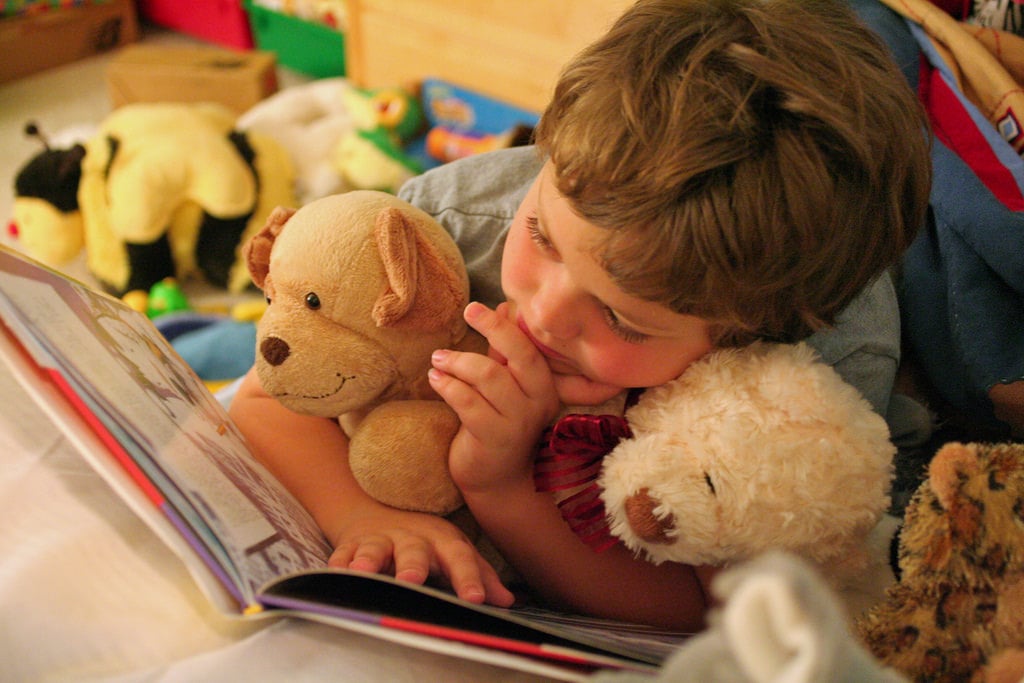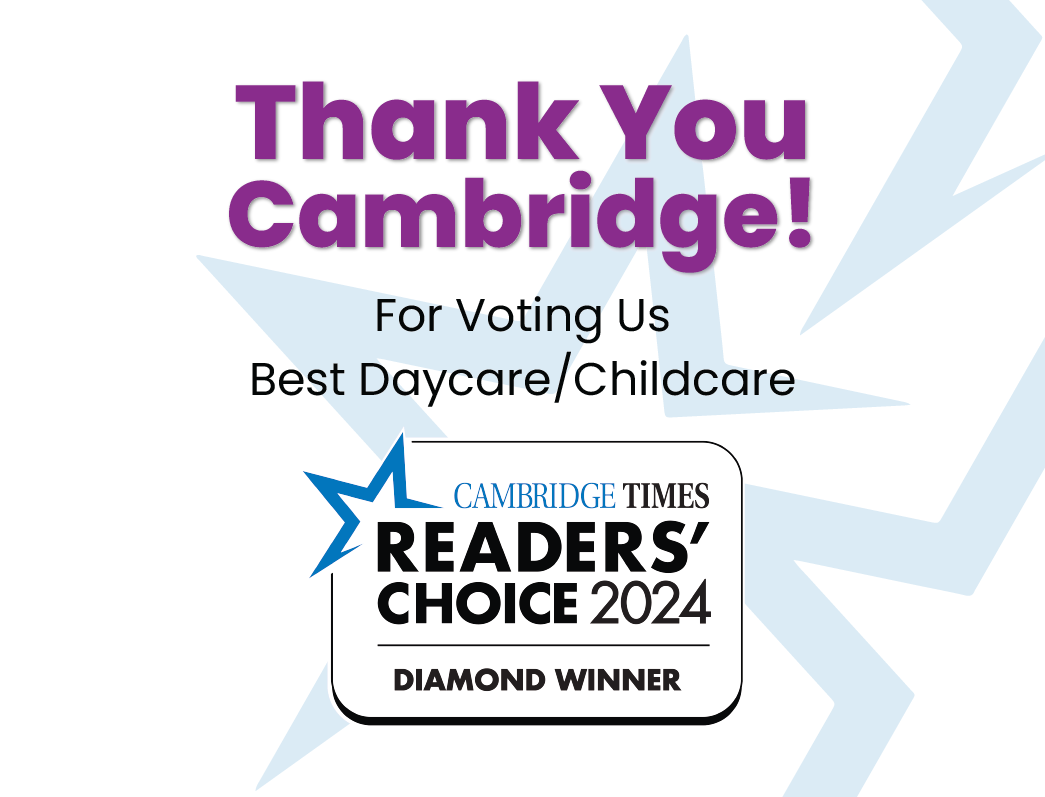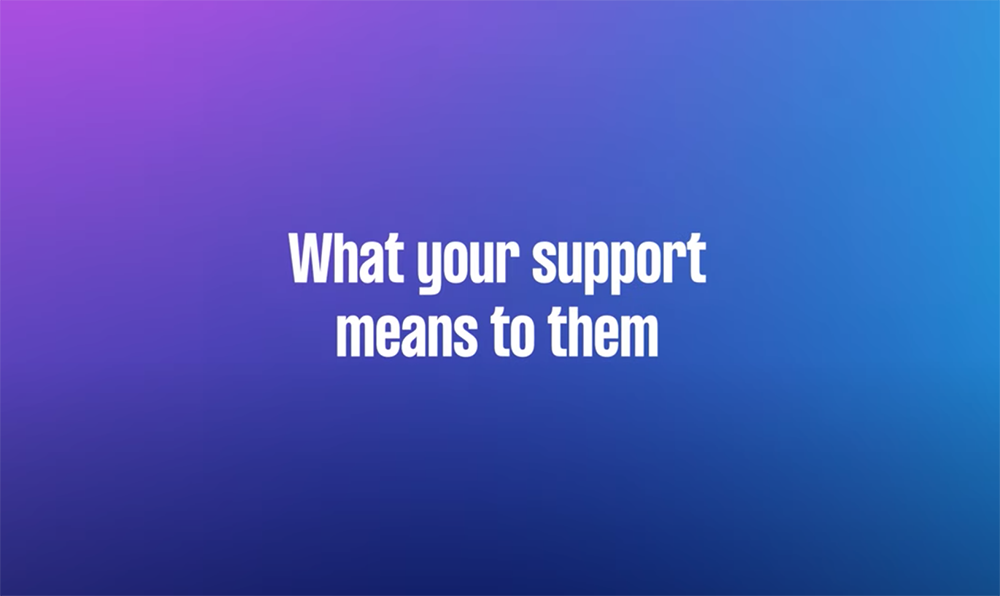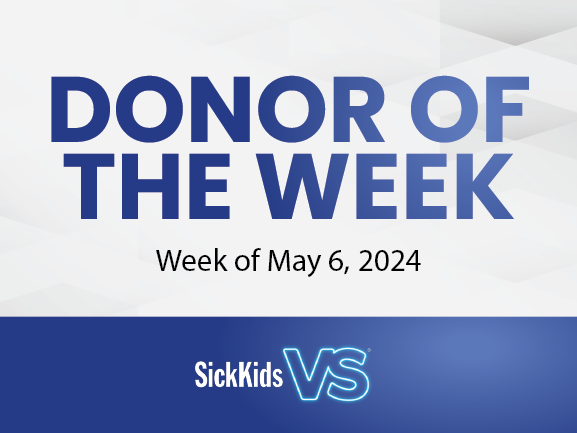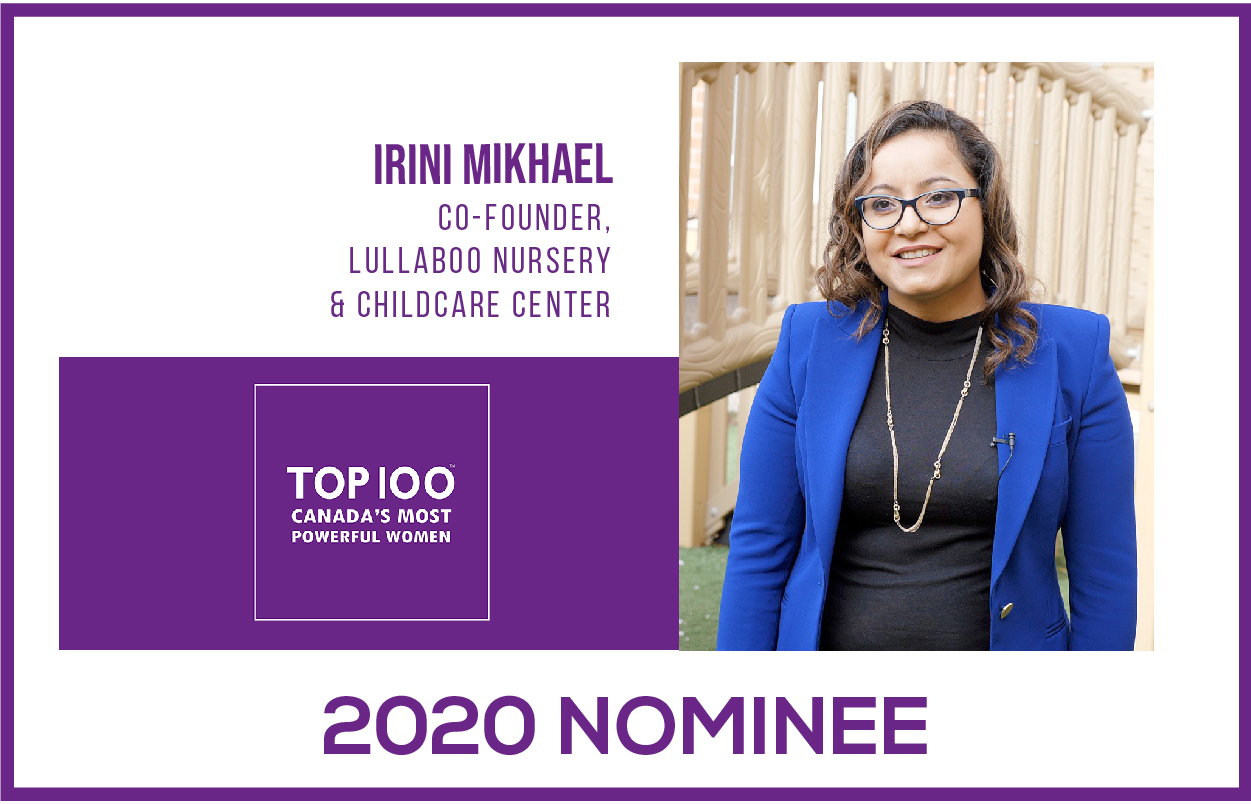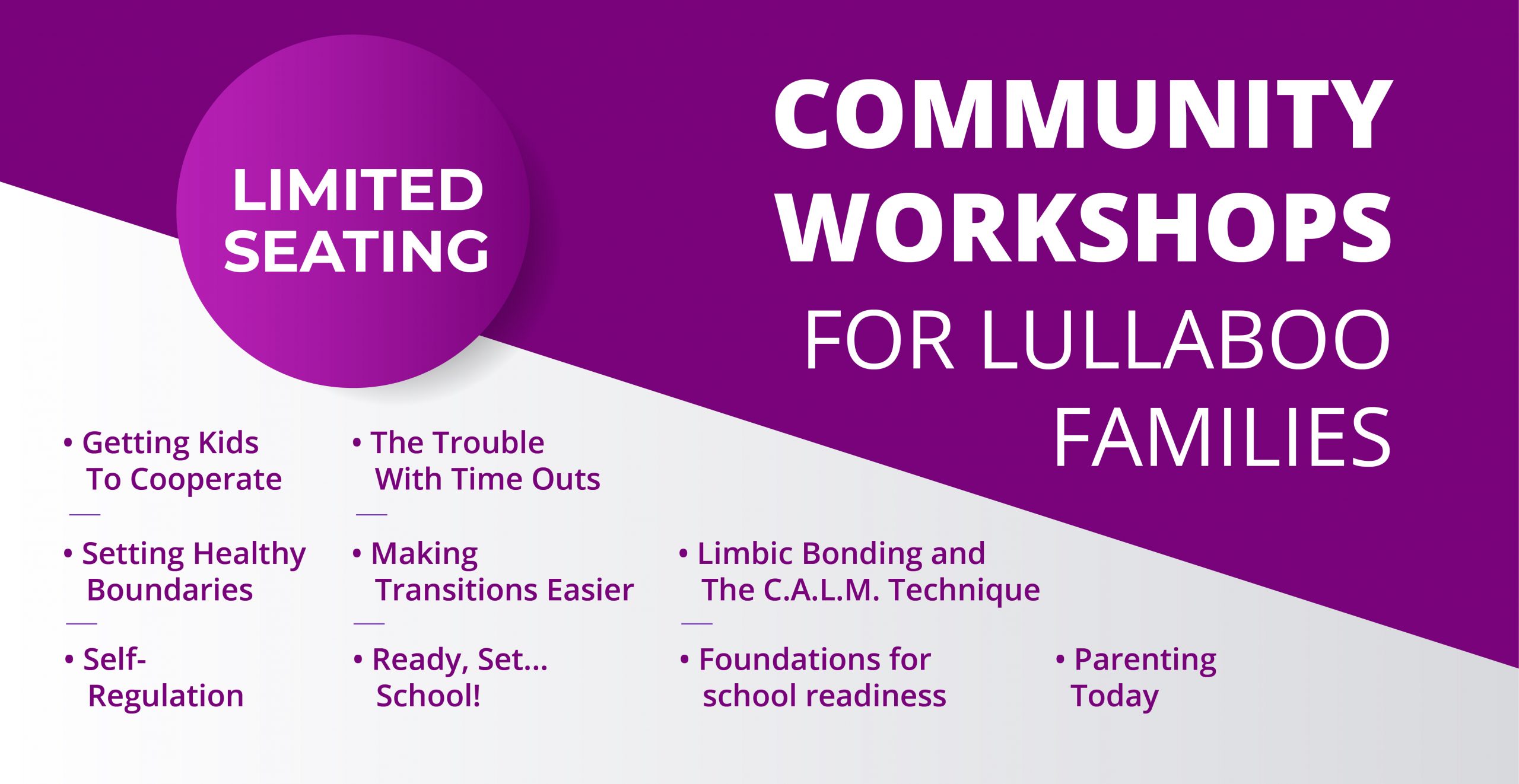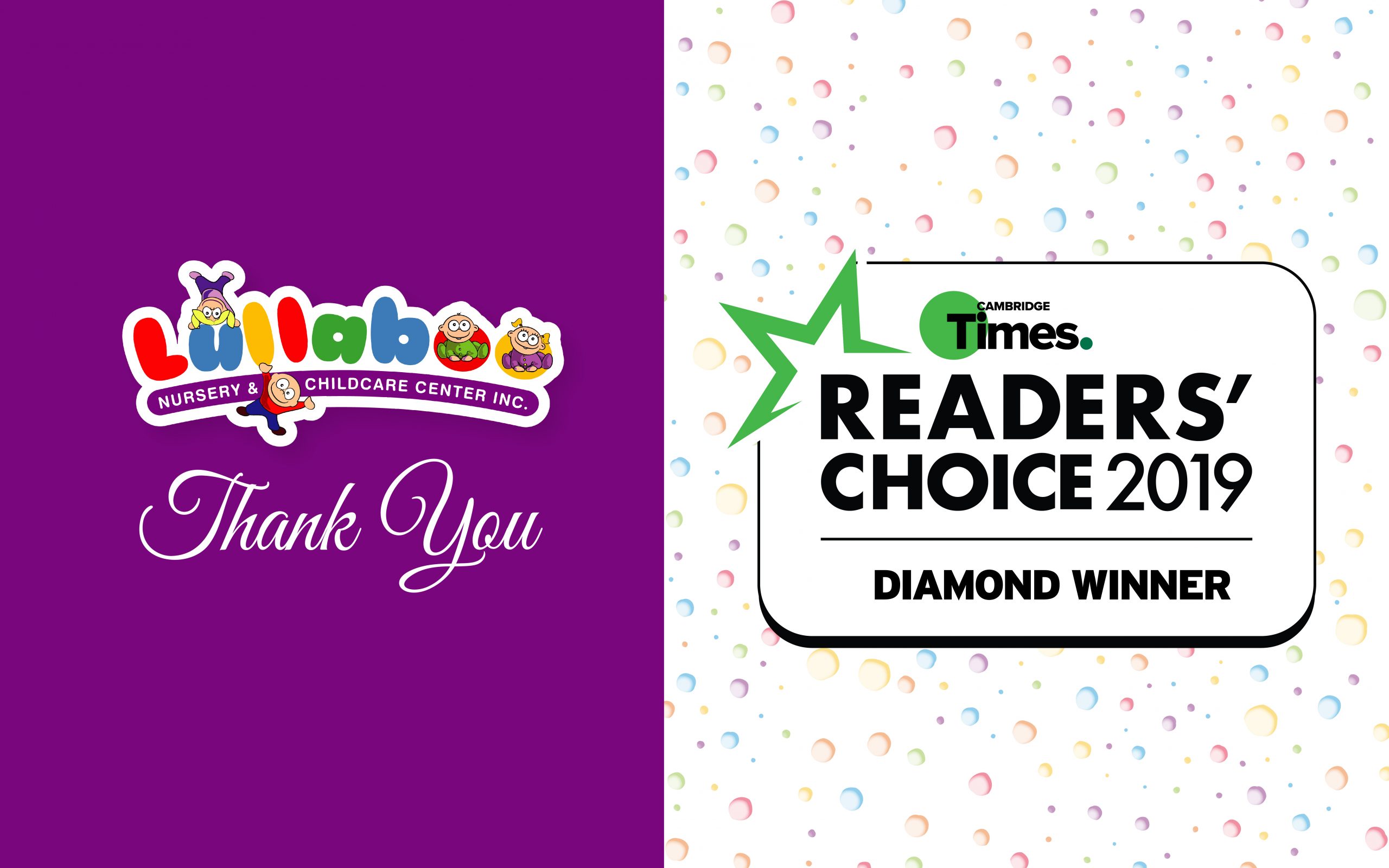As well all know, toddlers pick up on things at different rates. It’s not unheard of for some kids to be able to spot the differences between colours as early as a year old, while other three year olds haven’t quite grasped the ability to name colours correctly. Every child is different, and will follow their own developmental curves.
If you see your child beginning to learn their colours and want to help – or if you’re worried they’re beginning to fall behind others in their age group – there are some tips and activities you can do at home to help boost their colour recognition.
Name Everything
Kids are like sponges – if they see you doing something, they’re sure to repeat it. While it might feel odd to point out colours in everyday life, it can be a real boon to your child’s development. Saying “look at that brown dog!” or handing them their favourite toy and saying “here’s your red fire truck” will help get them thinking about colour more actively – and that’s bound to show up in their language.
Positive Reinforcement
Part of learning to be good at something is feeling OK to be bad at something at first, so if your child makes mistakes, make sure you praise them for trying, and only then gently correct them. If you ask them what colour something is, and they get it wrong, tell them it’s a good guess, and then show them something that is the colour they guessed. This will help reinforce what each colour word means, without hitting them with too much negativity. An environment where it’s OK to fail is a great learning environment.
Colour
The classic way to learn colours is to colour! Colouring books, finger paints, sidewalk chalk – draw with your child, and talk about the colours as you’re using them. It’s an interactive and fun way to reinforce which colours are which.

